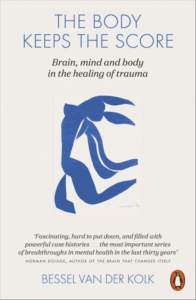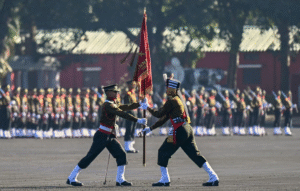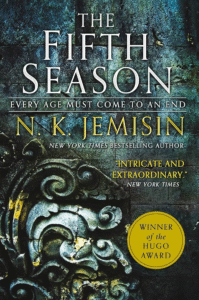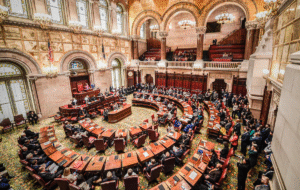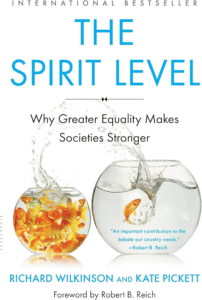The Long Arc of Justice: Tracing the History and Evolution of Human Rights
The concept of human rights, seemingly self-evident in the modern era, is not a static or universally accepted truth that sprang fully formed into the consciousness of humankind. Rather, it is a dynamic and evolving set of ideas, born from centuries of struggle against oppression, injustice, and the arbitrary exercise of power. The history of human rights is a long and often arduous journey, marked by philosophical debates, social movements, legal codifications, and persistent challenges to its universal application. Understanding this evolution is crucial to appreciating the significance of human rights today and the ongoing efforts required to ensure their realization for all.
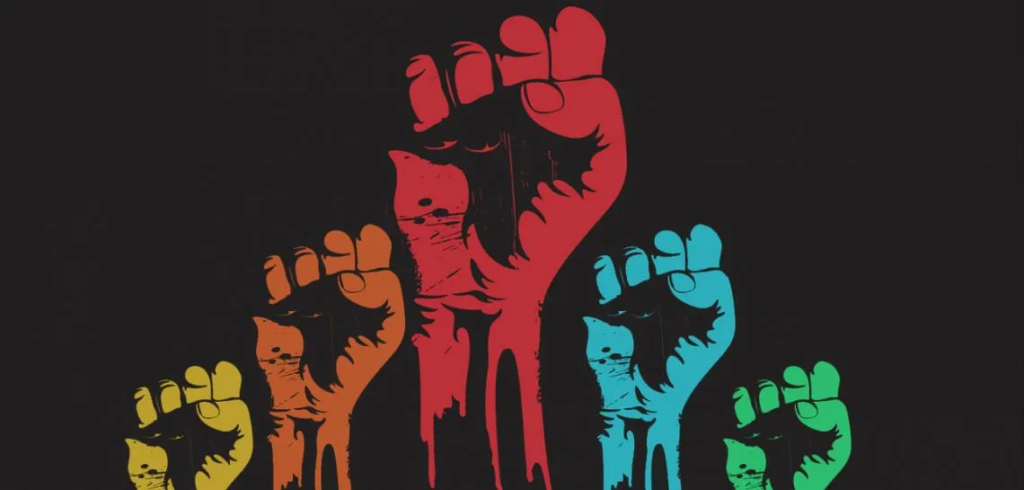
Ancient Roots and Early Notions of Justice
The earliest seeds of human rights can be found in ancient philosophies and religious traditions. Ideas of natural law, inherent dignity, and the importance of justice resonated across cultures. Thinkers like Aristotle explored concepts of natural justice, while religious texts often emphasized compassion, fairness, and the inherent worth of individuals before a divine authority. However, these early notions were often limited in scope, frequently excluding slaves, women, and those considered “outsiders.” The concept of universal rights, applicable to all by virtue of their humanity, was still a distant aspiration.
The Enlightenment and the Birth of Natural Rights
The Enlightenment in 18th-century Europe marked a pivotal turning point in the development of human rights thought. Philosophers like John Locke articulated the idea of natural rights – rights inherent to individuals that governments cannot legitimately infringe upon, including the rights to life, liberty, and property. Jean-Jacques Rousseau emphasized the social contract and the idea that legitimate government derives its power from the consent of the governed. These ideas fueled revolutionary movements, most notably the American Revolution with its Declaration of Independence proclaiming “unalienable rights,” and the French Revolution with its Declaration of the Rights of Man and of the Citizen, asserting principles of liberty, equality, and fraternity. These documents, though groundbreaking, still reflected the limitations of their time, often failing to fully extend these rights to all members of society.
The 19th and Early 20th Centuries: Expanding the Scope
The 19th and early 20th centuries witnessed the rise of industrialization and its accompanying social ills, leading to new demands for rights related to labor, working conditions, and social welfare. The abolitionist movement gained momentum, challenging the morally repugnant institution of slavery. The women’s suffrage movement fought for the fundamental right to vote. These struggles highlighted the ongoing need to expand the scope of human rights beyond the primarily civil and political rights emphasized in earlier declarations. International humanitarian law also began to emerge, seeking to regulate the conduct of warfare and protect civilians.
The Universal Declaration and the Post-War Era
However, the horrors of the two World Wars served as a stark reminder of the fragility of human dignity and the catastrophic consequences of its denial. The systematic atrocities committed during the Holocaust, in particular, galvanized the international community to establish a more robust framework for the protection of human rights. This led to the landmark adoption of the Universal Declaration of Human Rights (UDHR) by the United Nations in 1948. The UDHR, though not legally binding, represented a monumental achievement, articulating for the first time a comprehensive set of fundamental rights and freedoms applicable to every human being, regardless of race, sex, religion, or any other status. It enshrined principles of equality, dignity, liberty, security, and social justice, laying the foundation for the modern international human rights system.
Codification and the Growth of International Law
Following the UDHR, numerous international treaties and conventions were adopted, translating its broad principles into legally binding obligations for signatory states. The International Covenant on Civil and Political Rights (ICCPR) and the International Covenant on Economic, Social and Cultural Rights (ICESCR), both adopted in 1966, further elaborated on these two core categories of rights. Regional human rights systems also emerged in Europe, the Americas, and Africa, establishing their own conventions and mechanisms for monitoring and enforcement.
Contemporary Challenges and Expanding Horizons
The evolution of human rights continues in the 21st century, facing new challenges and expanding its scope. Issues such as environmental rights, the rights of marginalized groups (including LGBTQ+ individuals and persons with disabilities), and the impact of technology on privacy and freedom of expression are increasingly recognized as integral aspects of human rights. The rise of transnational issues like climate change and global pandemics necessitates a more collaborative and interconnected approach to human rights protection.
The Ongoing Struggle for Universal Realization
Despite the significant progress made, the realization of human rights for all remains an ongoing struggle. Violations persist across the globe, fueled by political instability, economic inequality, cultural prejudice, and the abuse of power. The challenge lies not only in the codification of rights but also in their effective implementation, monitoring, and enforcement at national and international levels.
A Continuing Quest for Dignity
In conclusion, the history and evolution of human rights is a testament to humanity’s enduring quest for justice and dignity. From the nascent ideas in ancient philosophies to the comprehensive framework of international law today, the concept has been shaped by philosophical inquiry, social movements, and the lessons learned from historical tragedies. While significant strides have been made, the journey towards universal respect and protection of human rights is far from over. The ongoing struggle demands constant vigilance, advocacy, and a collective commitment to ensuring that the long arc of justice continues to bend towards a future where the inherent dignity and equal rights of all members of the human family are fully realized.


